Østerbrogade 44 lost the entirety of its facade ornamentation in a 1935 modernizing remodel—the comically deadpan conservation assessment from Slots- og Kulturstyrelsen describes it as “somewhat dead”—but otherwise the northern edge of Copenhagen’s Little Triangle is basically the same 120 years later. I also couldn’t really scare up a story here, this is just a textbook example of a Copenhagen block that was built after the city expanded past the old city walls in the late 1800s. A pleasantly normal historicist Østerbro block filled with apartments, bank branches, photo studios, and butchers.
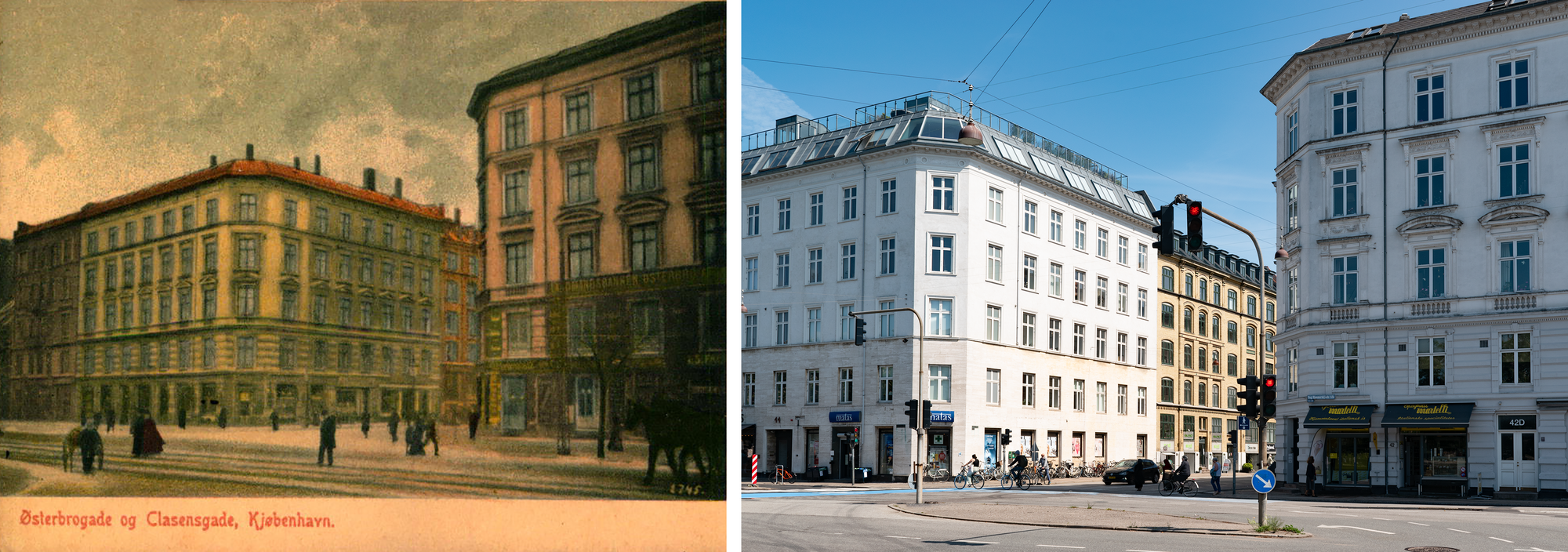
Unofficially known as Lille Trianglen, named in reference to its larger triangular neighbor a few blocks to the north, this is yet another example of how Copenhagen isn't as old as you'd think. Nothing here is older than 140 years, basically comparable to many US cities. In this case there’s a dark irony to that relative youthfulness, though—Copenhagen’s built environment is relatively new because the British bombarded the city into oblivion in 1807, when they attacked neutral Denmark during the Napoleonic wars and burned down whole swathes of the city. The Danish agreement to capitulate to the British, in which the British seized the Danish navy, was signed on this spot on September 7th, 1807, at a white country house that once stood here.
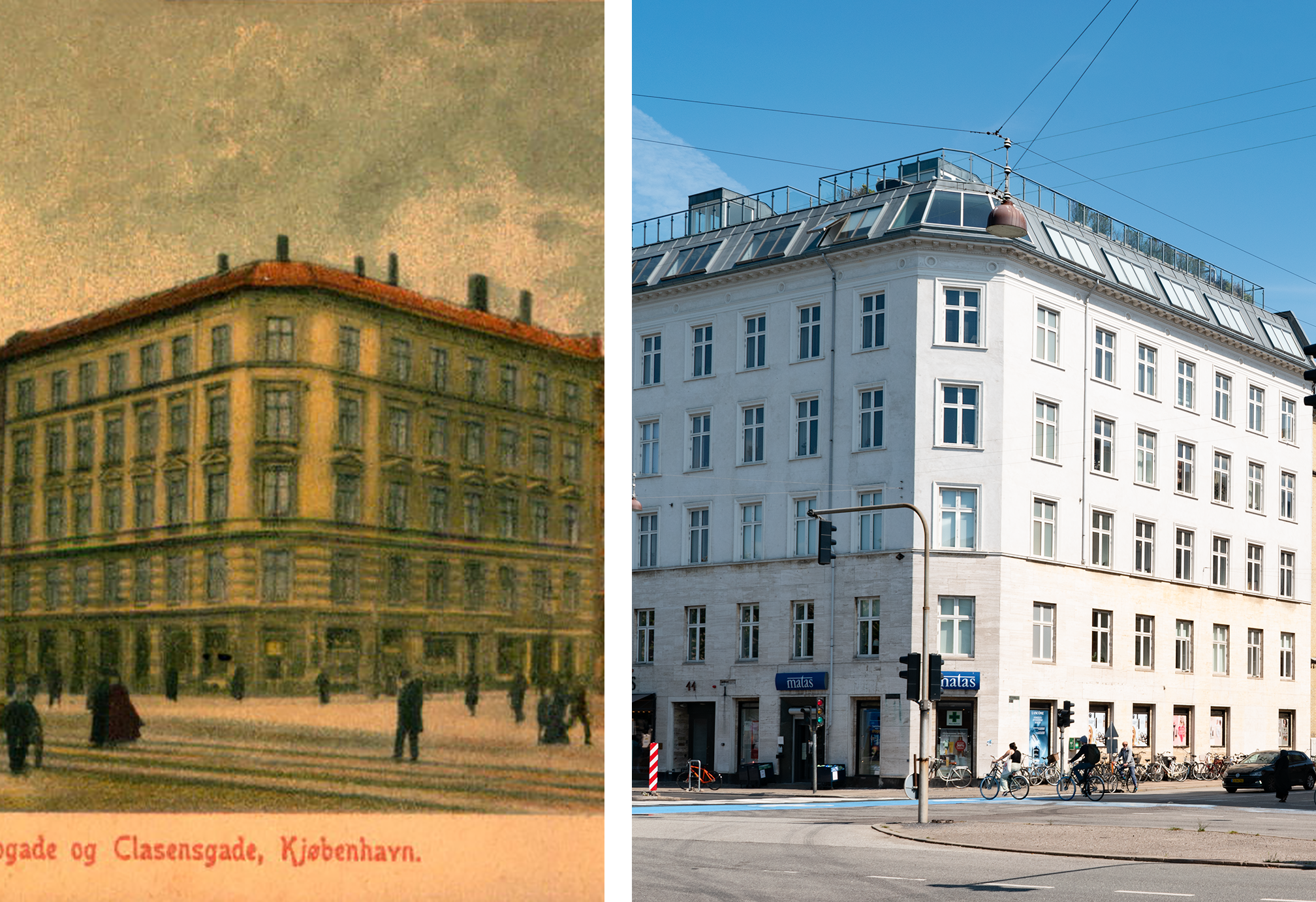
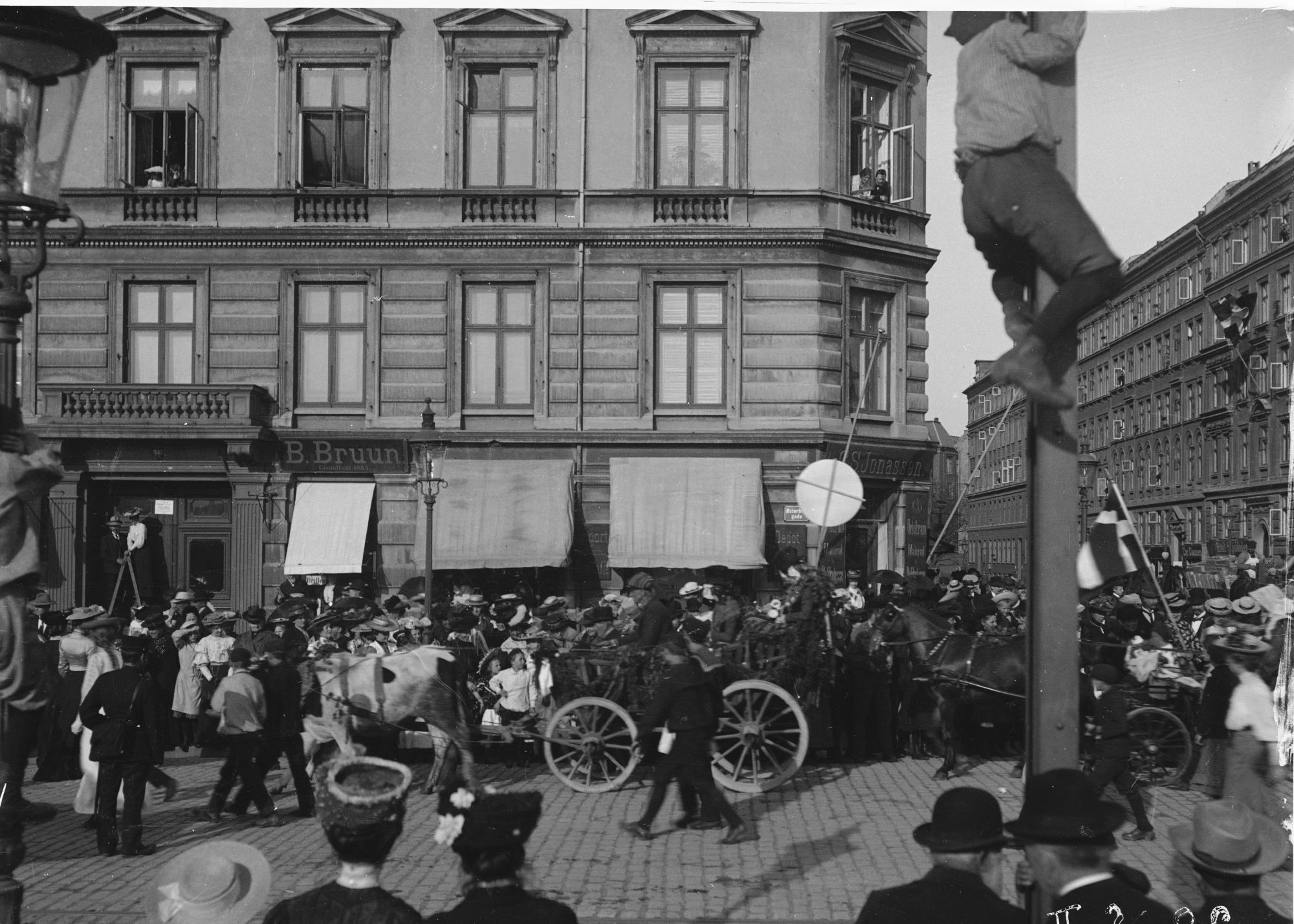
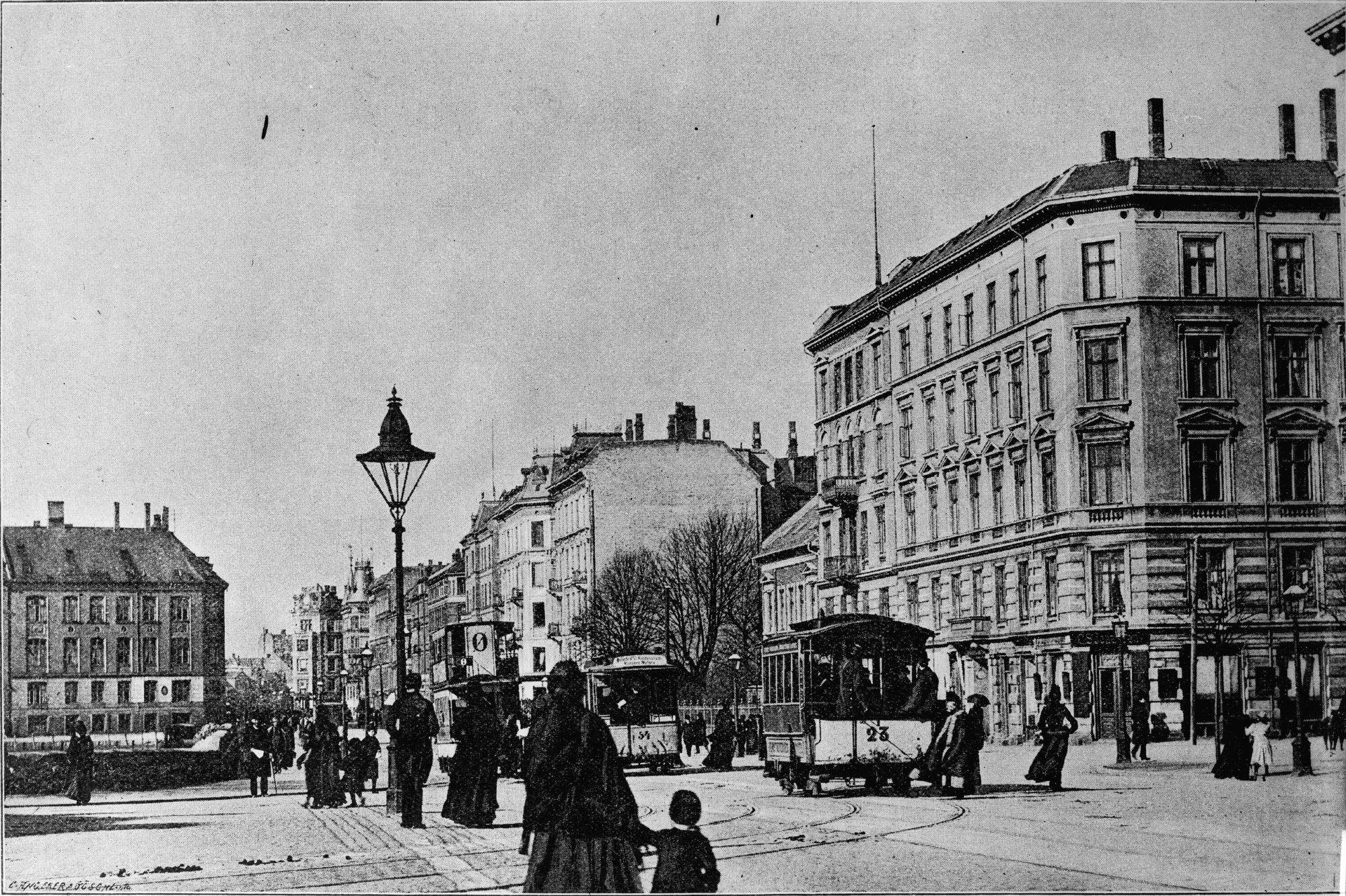
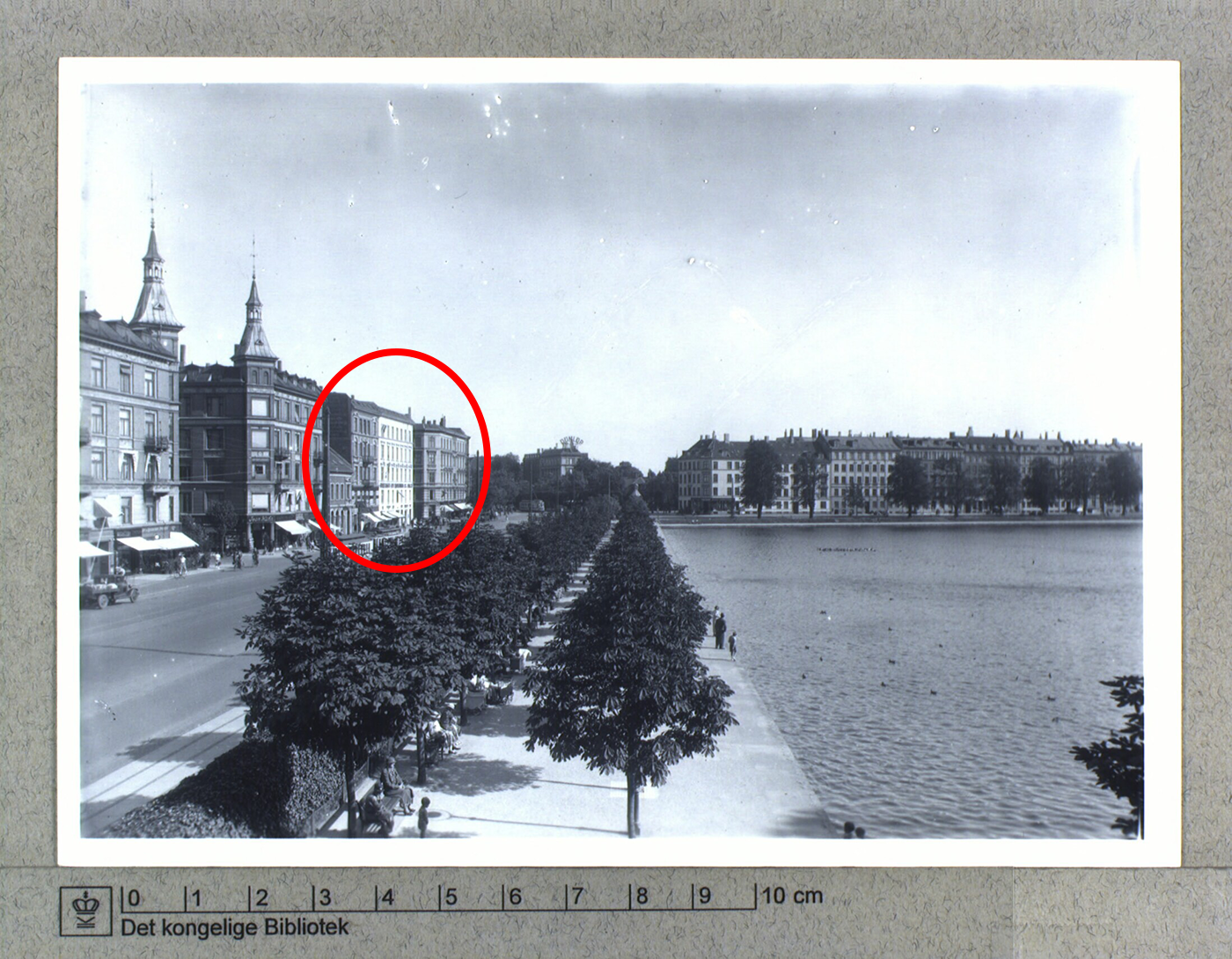
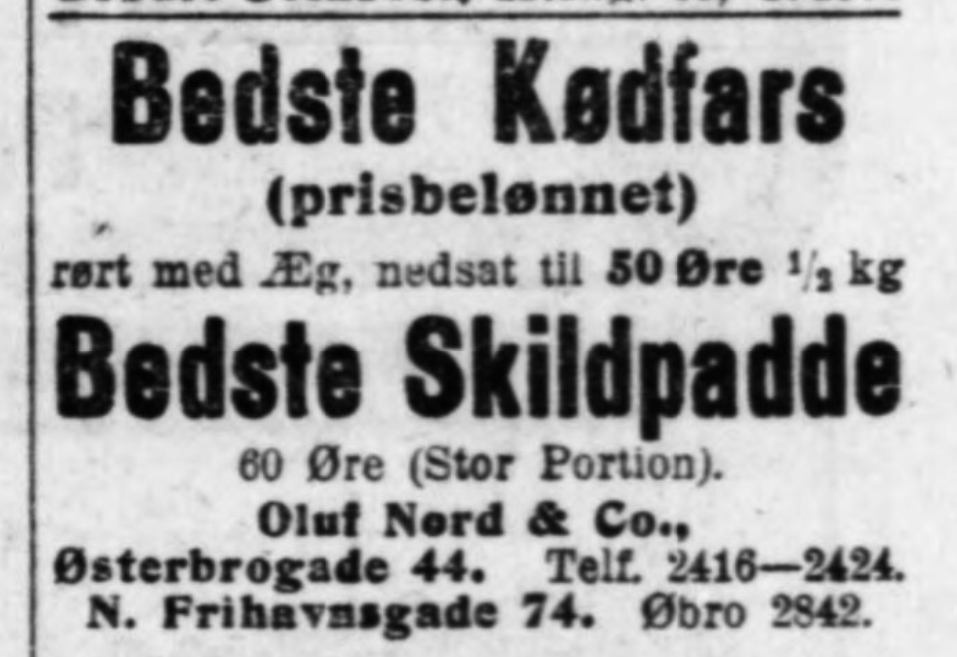
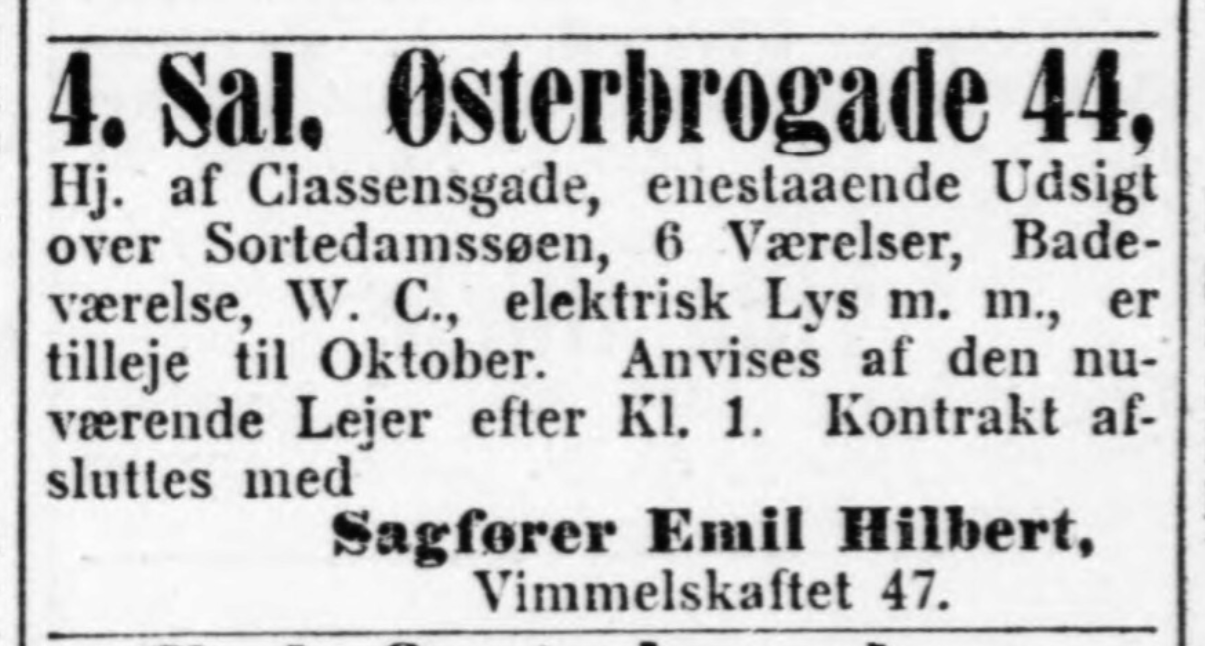
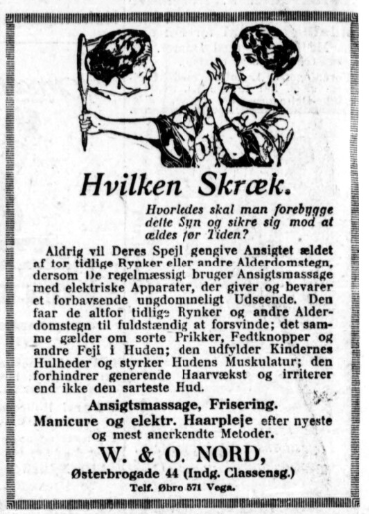
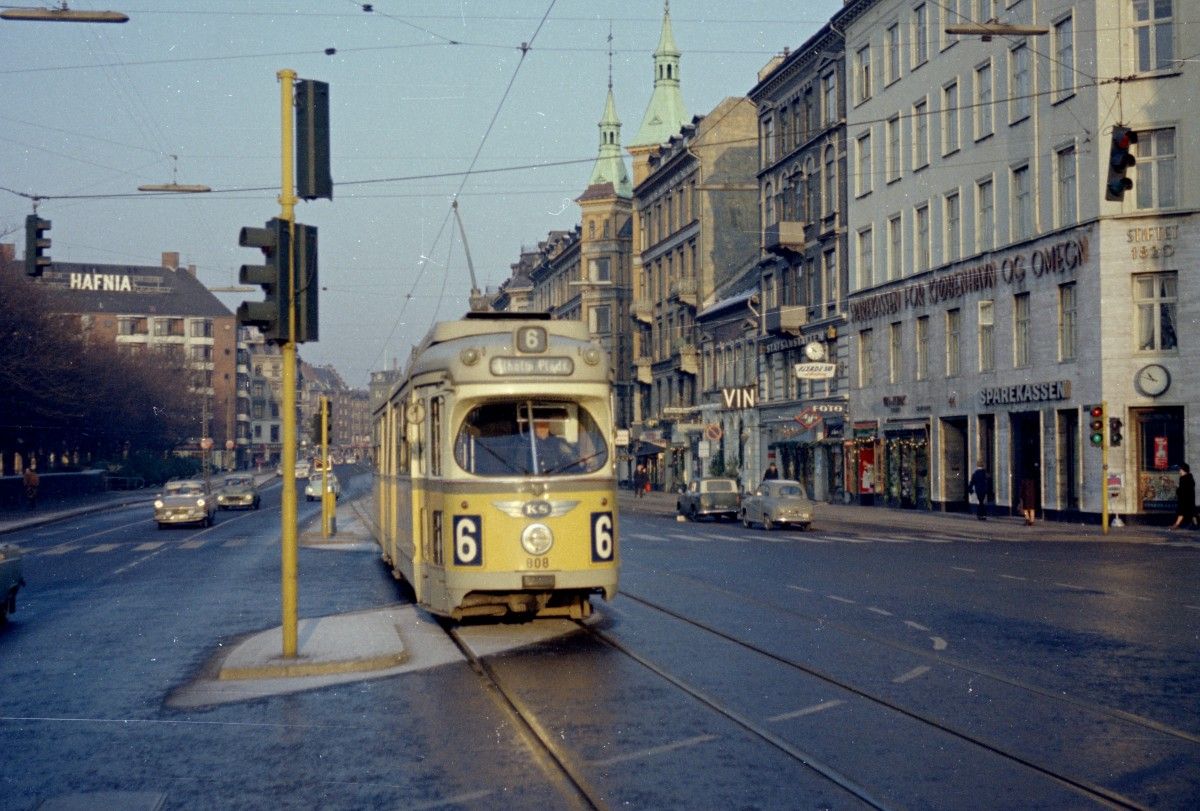
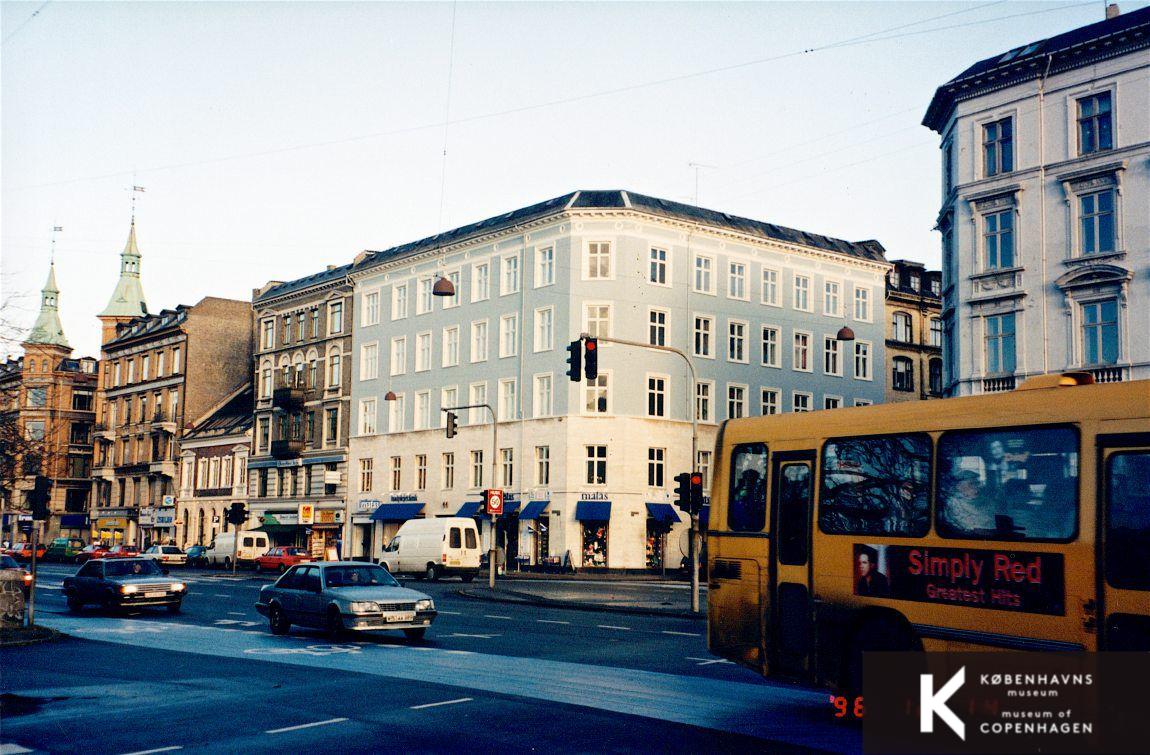
The building on the left, the formerly historicist style apartment block with a “somewhat dead facade”, was built in 1881. Retail on the first floor and apartments above, before the first floor was a Matas drugstore, among other things it held a butcher, Oluf Nord & Co., as well as a branch of Sparekassen for København og Omegn bank (now part of Nordea).
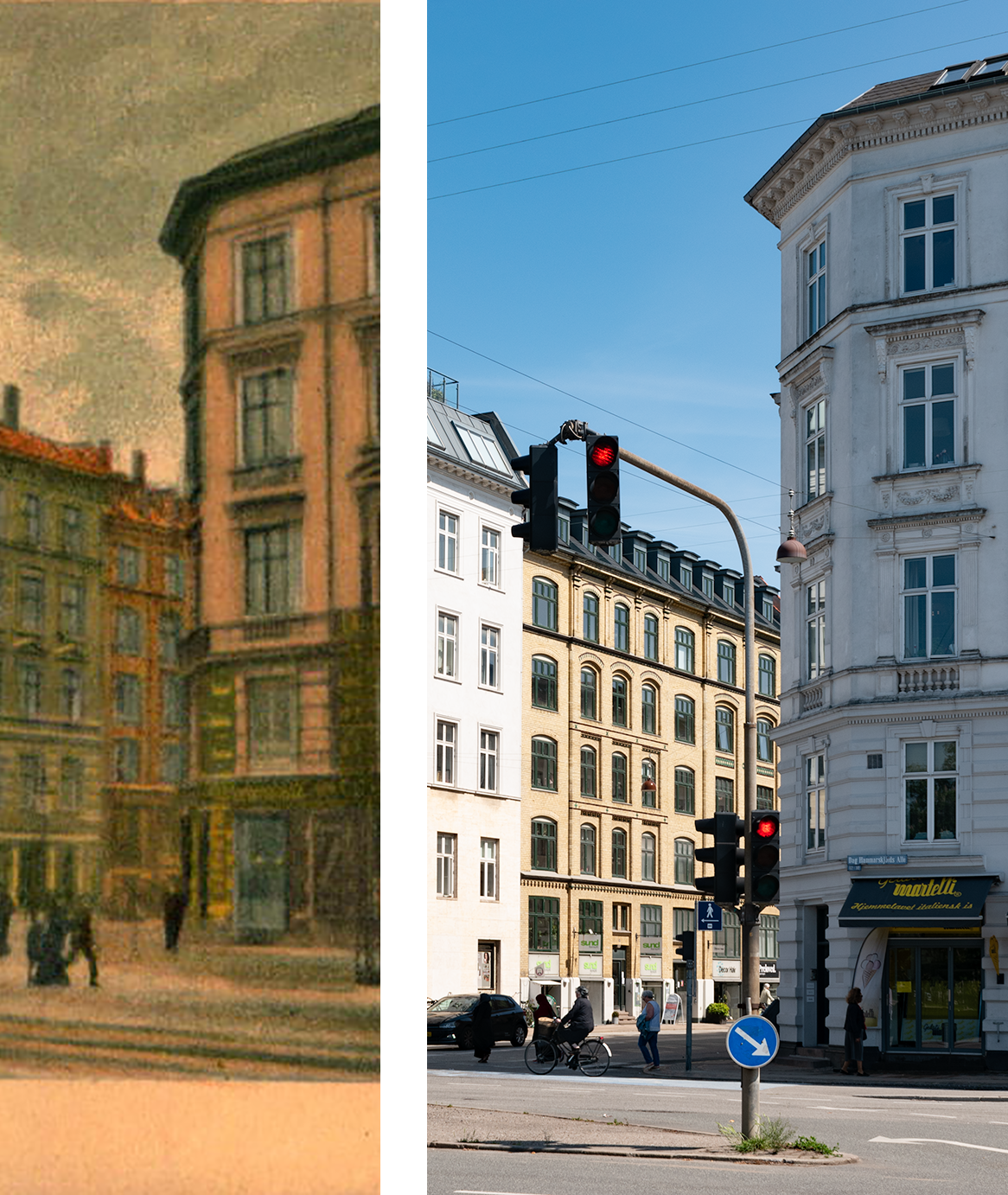
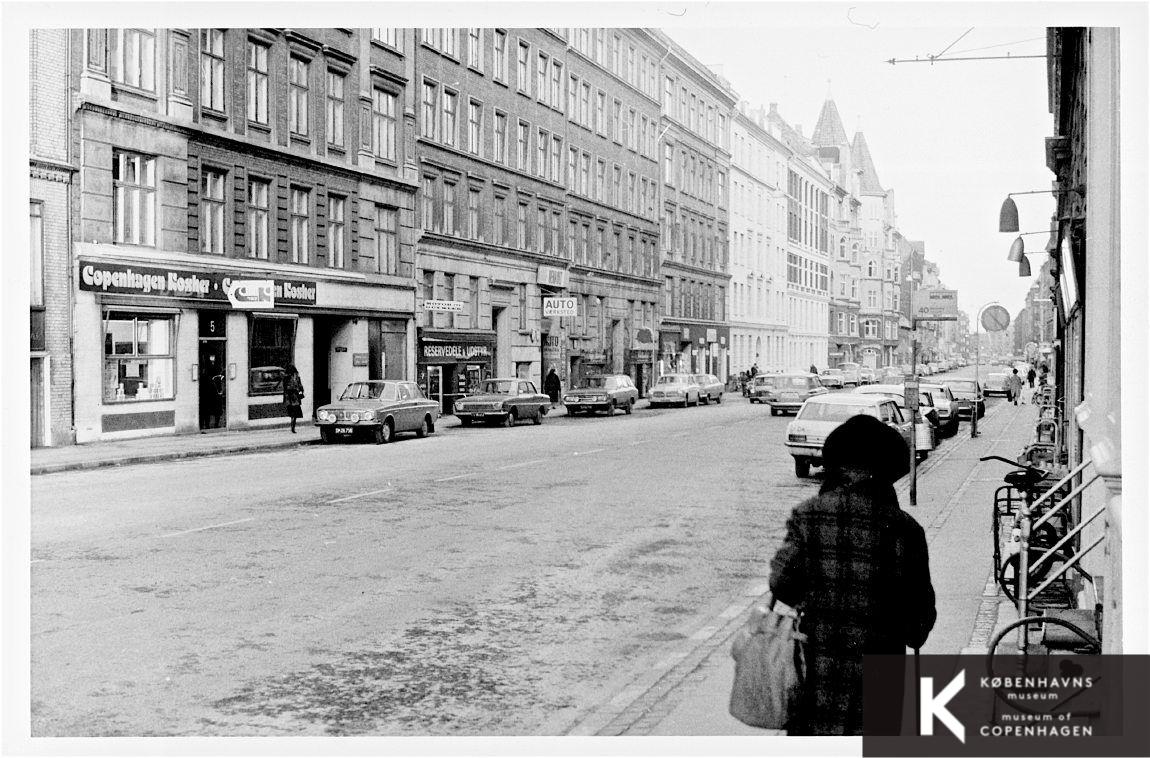
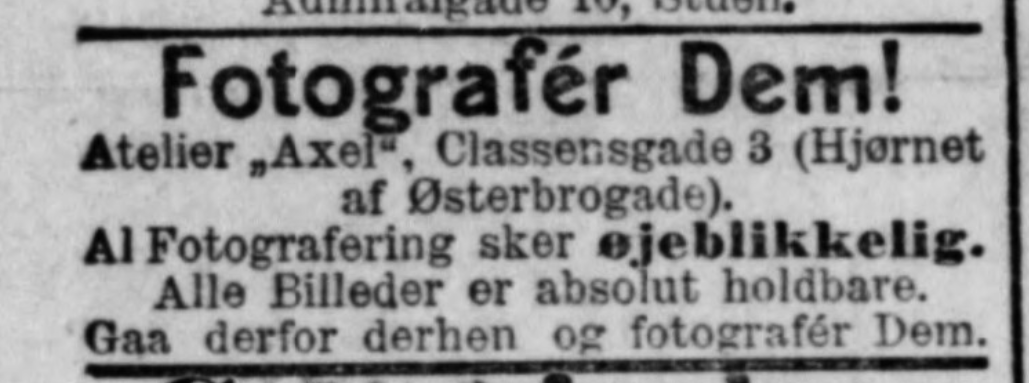
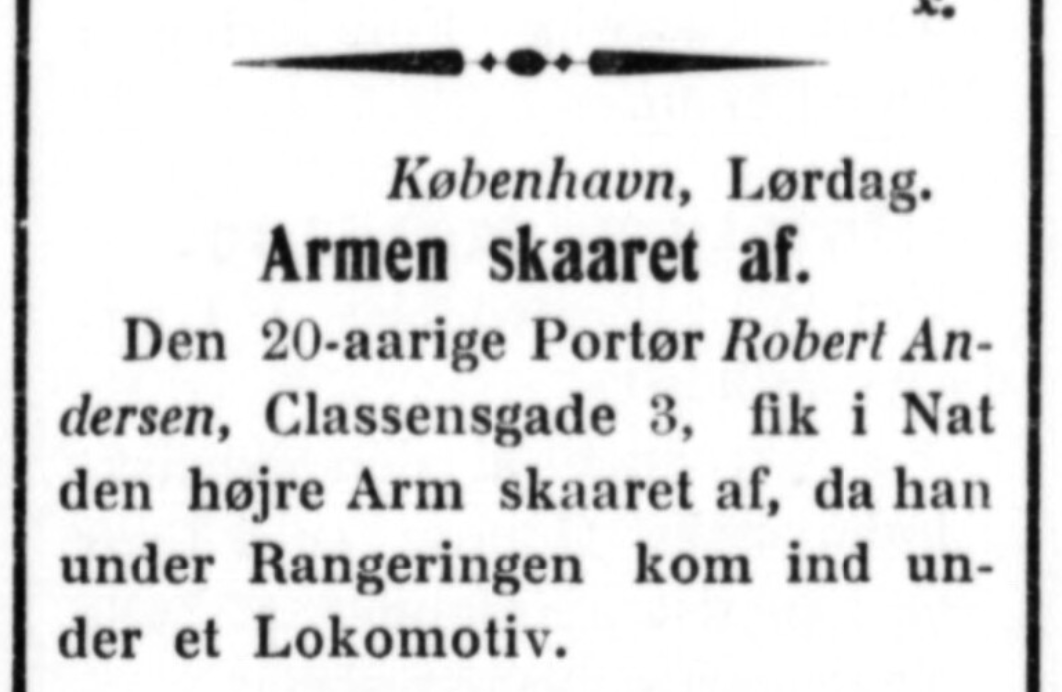

The middle building on Classensgade, also snarkily described in the conservation assessment as “ugly historicist”, was built in 1894. Offices and apartments, it’s hosted a bunch of photo studios over the years—interestingly, a woman dentist (Dagmar Christensen) and a woman photographer (Alma Jensen) were both based here when the building opened. Legendary Danish actor Helle Virkner, who starred in Matador and played Emma Mortensen in Riget (personal favorite) lived in Classensgade 3A as a teenager with her mom. Virkner's third husband was Danish Prime Minister Jens Otto Krag—Østerbro is super posh these days, but I have to imagine Marienborg, the official Prime Minister's residence, felt a world away from Classensgade 3A in the 1930s when Virkner was growing up here.
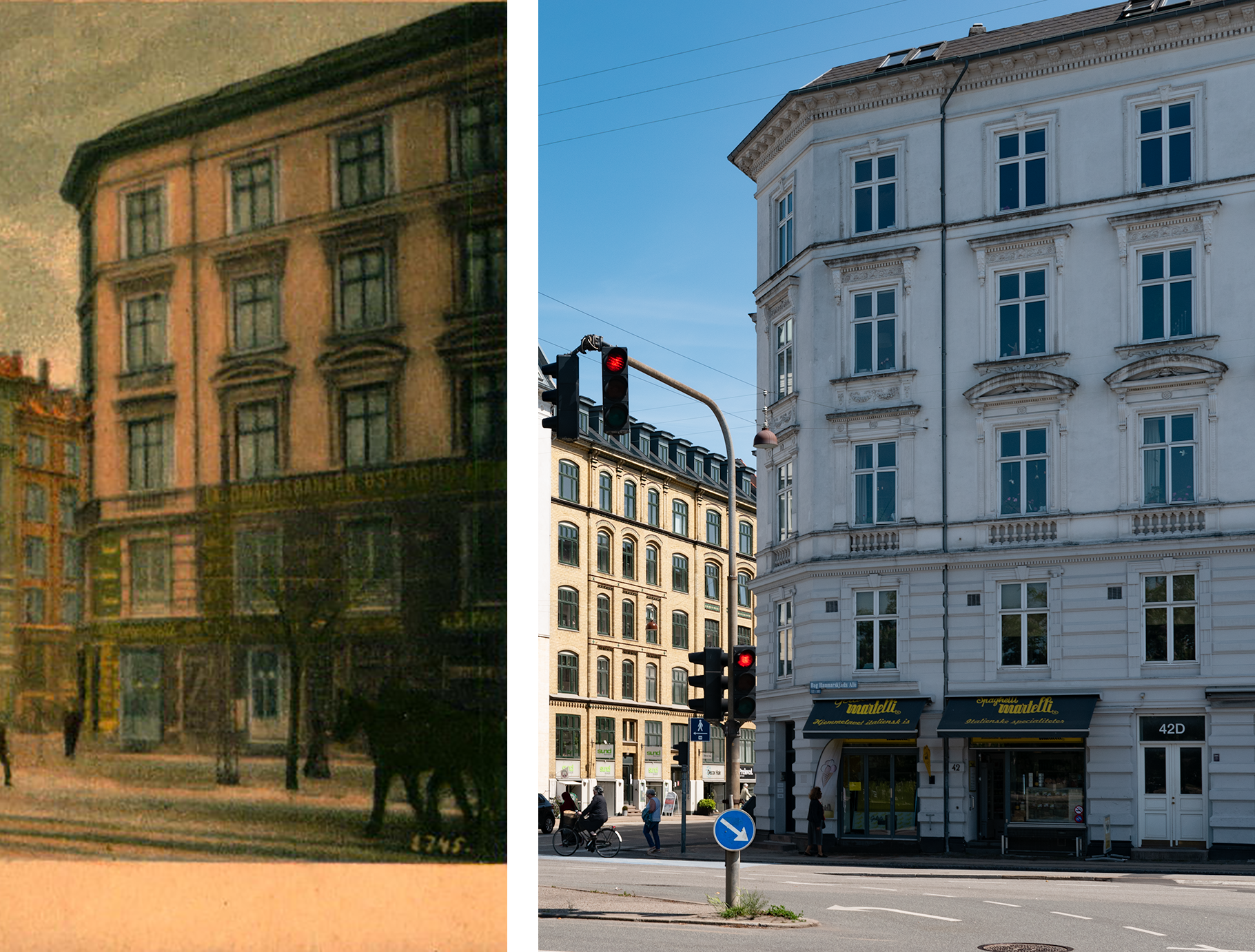
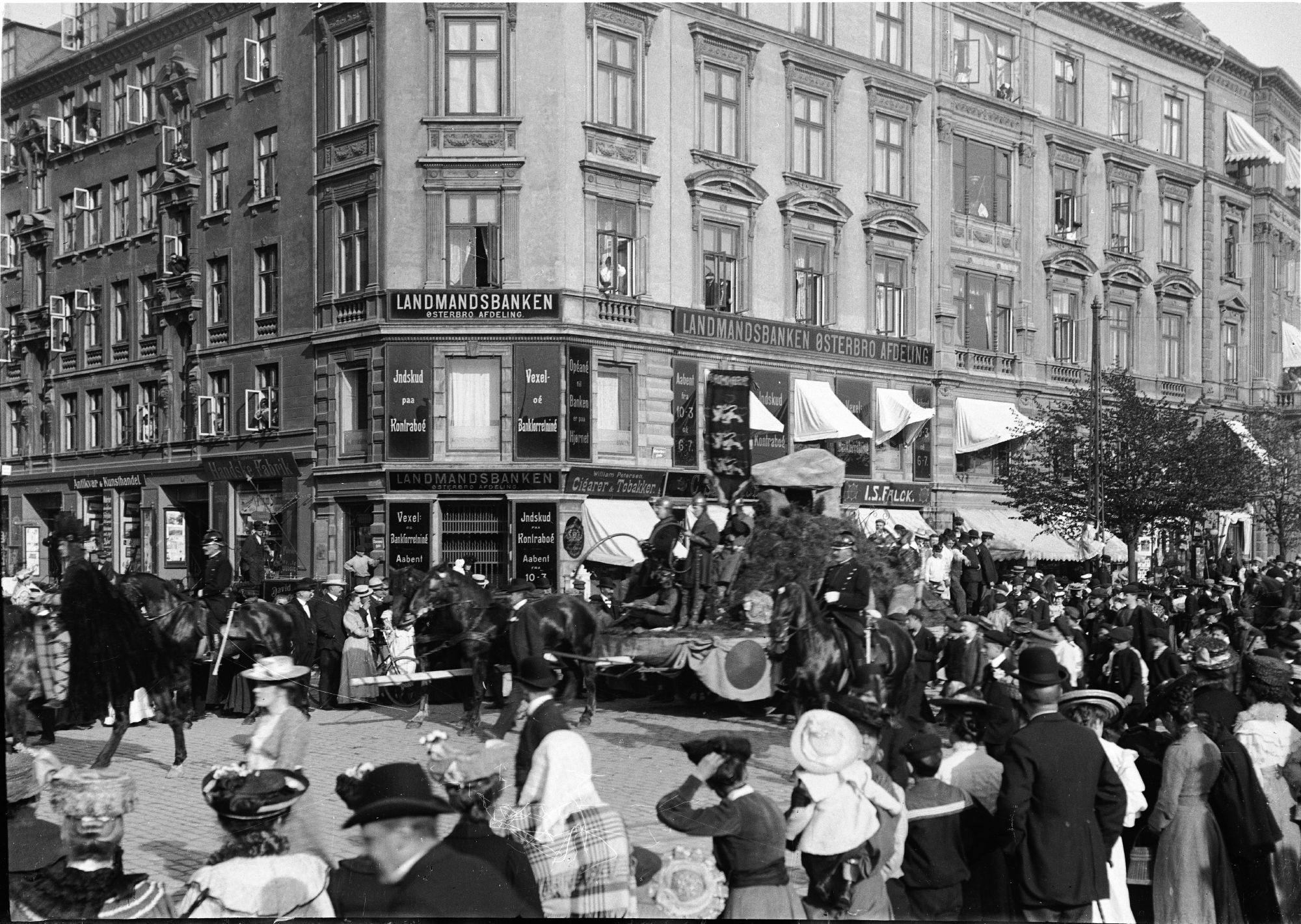
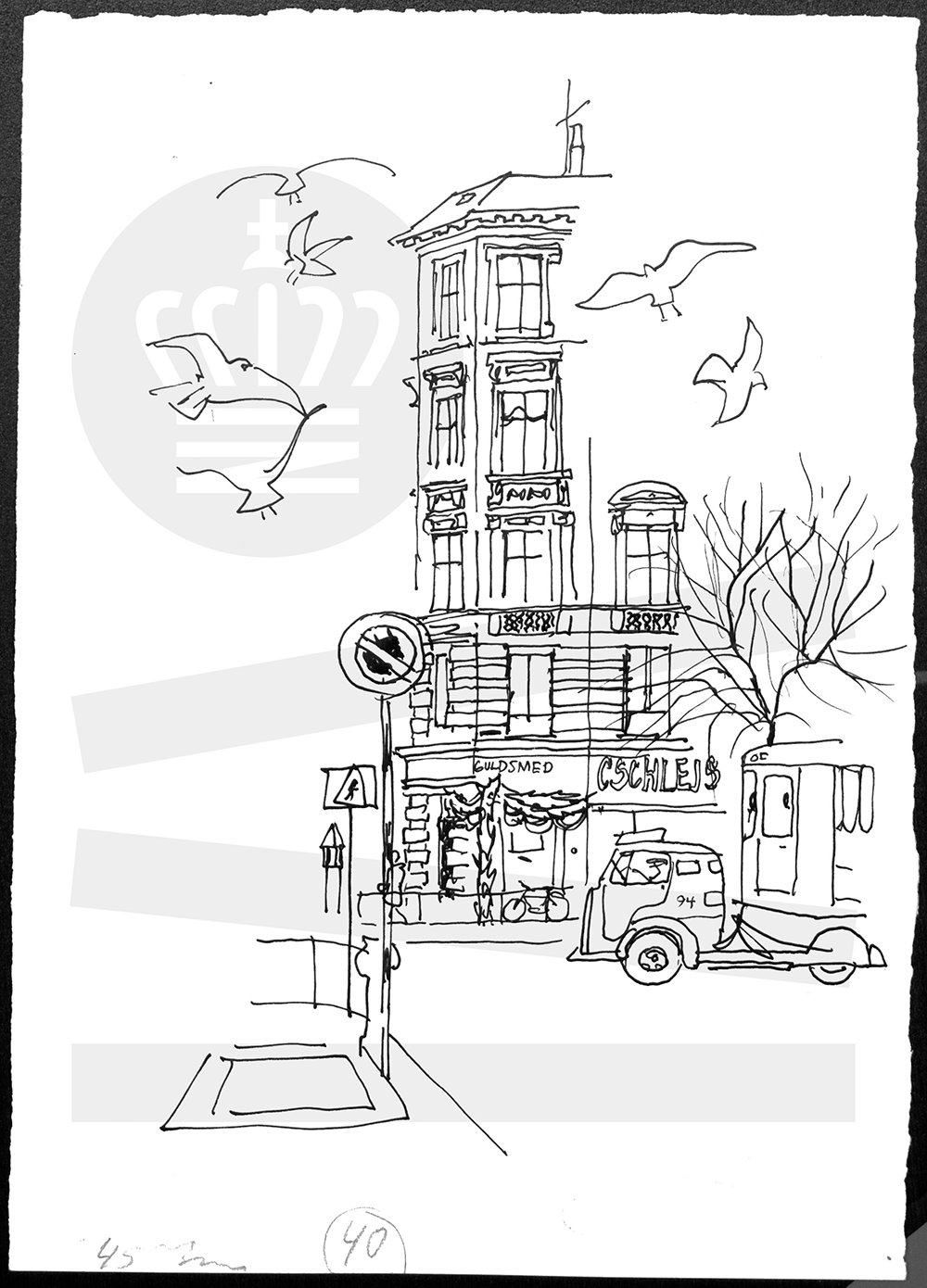
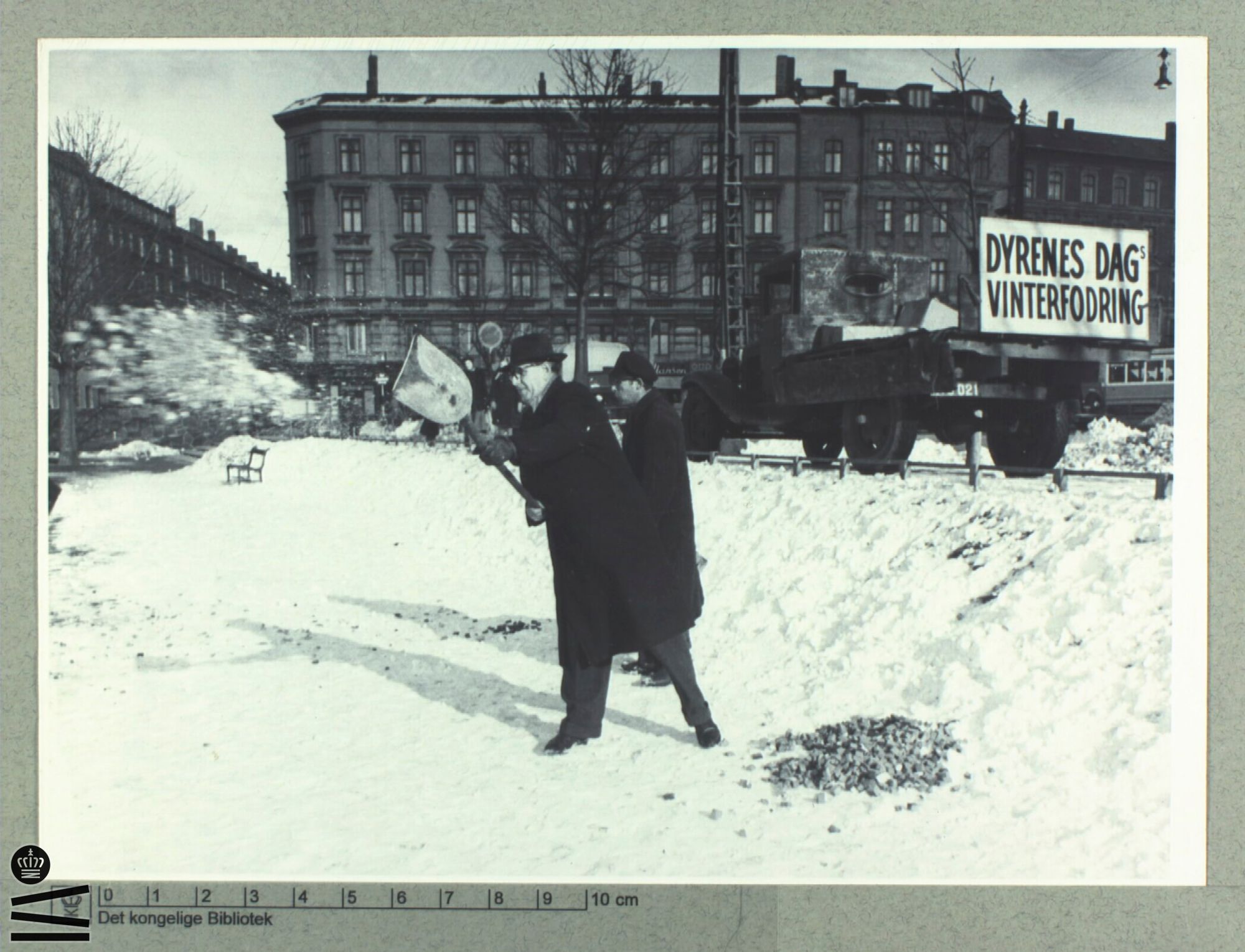
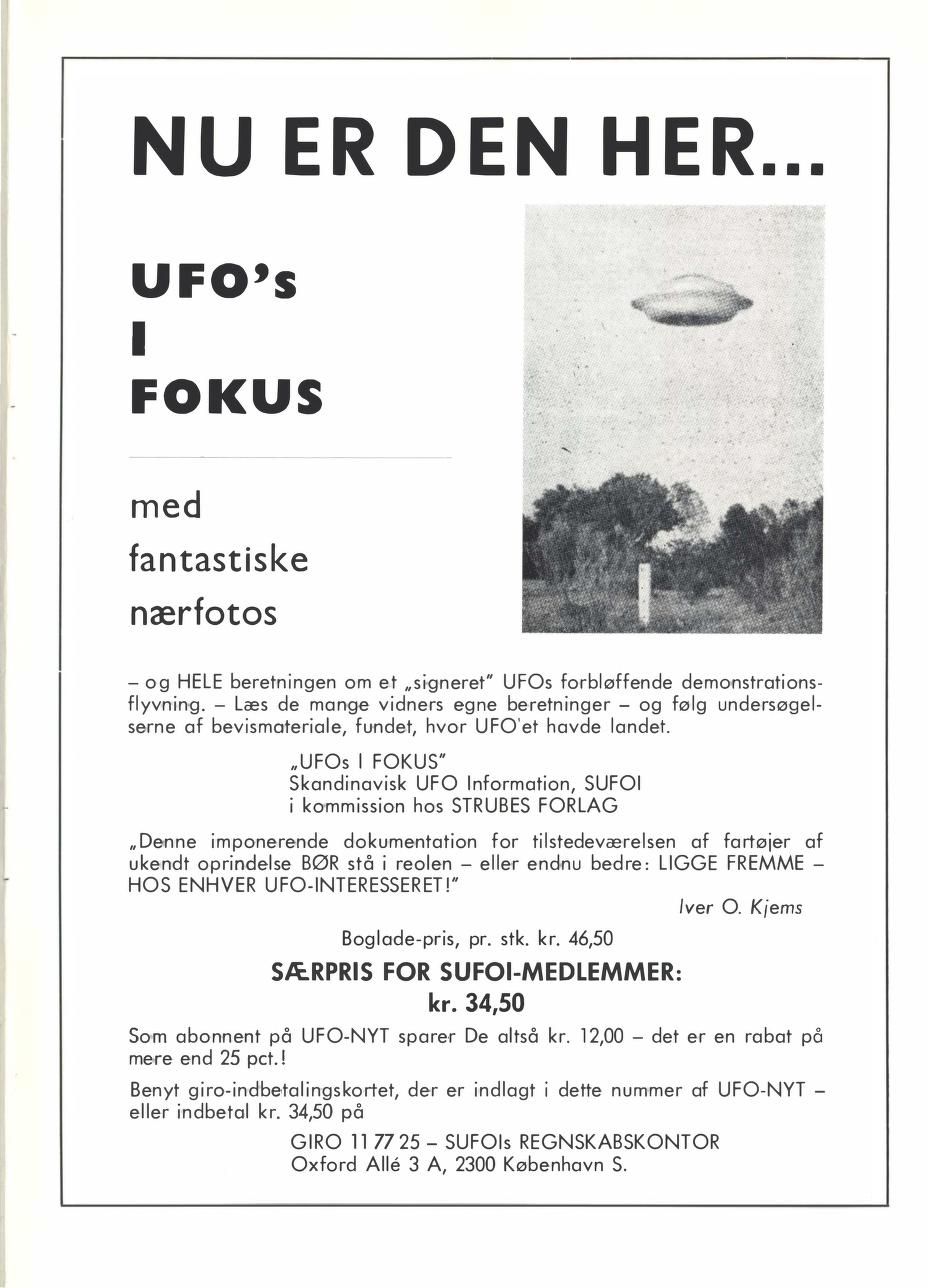
On the right, Dag Hammarskjölds Allé 42, was designed by A.P. Frederiksen and built in 1886. It held a branch of Landmandsbanken, a farmers-focused bank that is now Danske Bank, as well as well as Strube Bogforlg & Boghandel, a publisher and bookstore that was big into UFOs, apparently.
Production Files
Further reading:
- The conservation assessment of Østerbrogade 44 by the Danish Slots- og Kulturstyrelsen
- The conservation assessment of Classensgade 3 by the Danish Slots- og Kulturstyrelsen
- The conservation assessment of Dag Hammarskjölds Allé 42 by the Danish Slots- og Kulturstyrelsen
- A little feature on photographer Alma Jensen, whose turn-of-the-century studio was locatedd in Classensgade 3
- Blog on the Copenhagen Bombardment of 1807 and how the capitulation agreement was signed on this spot
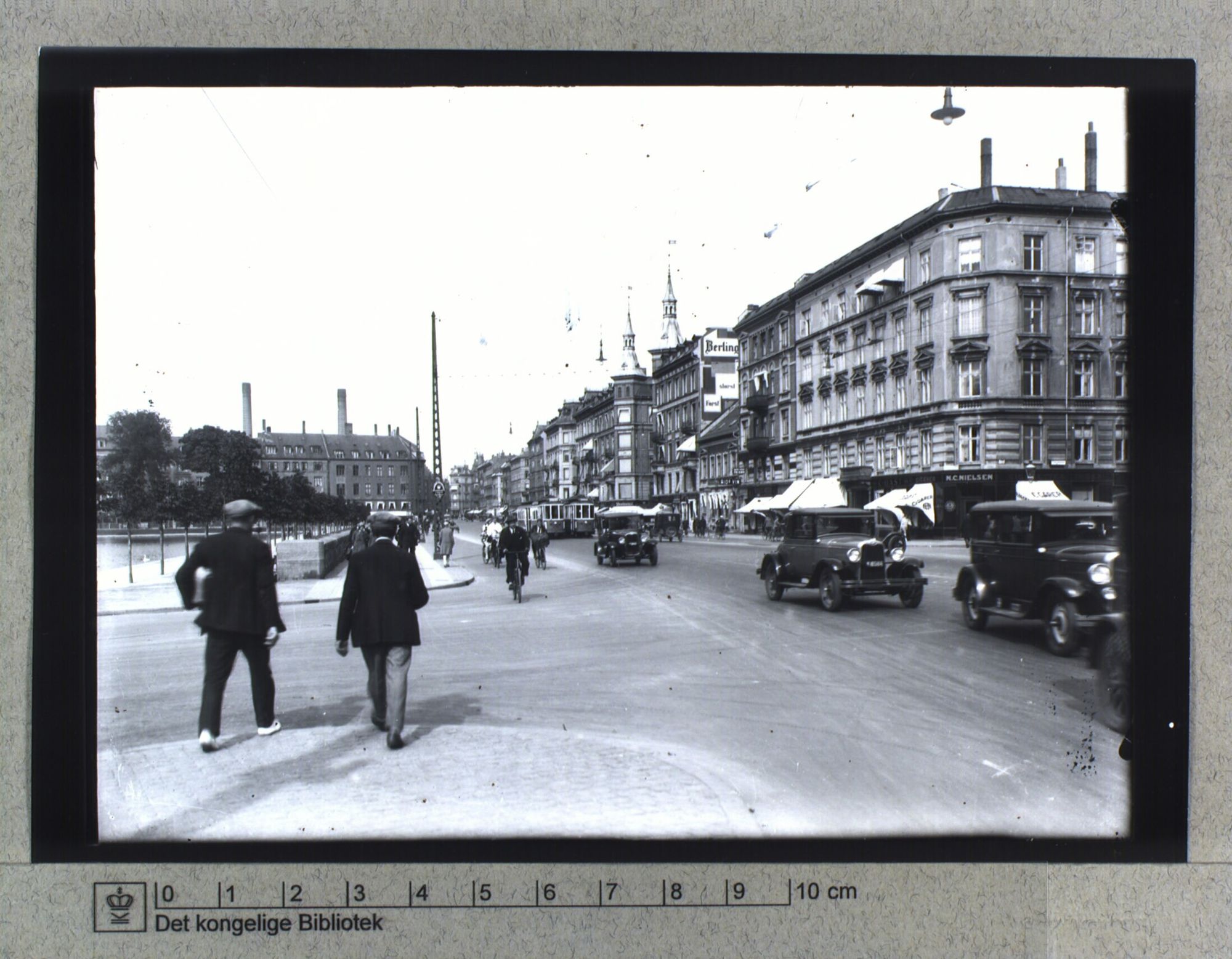
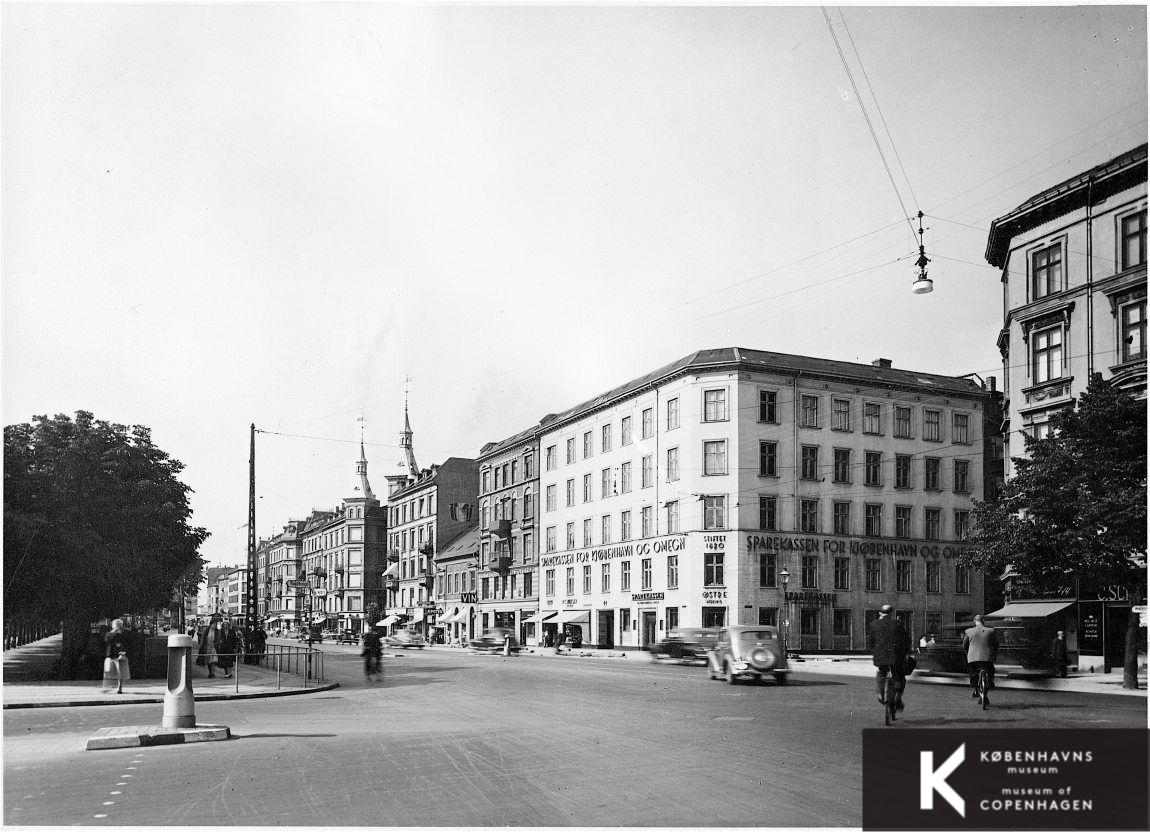
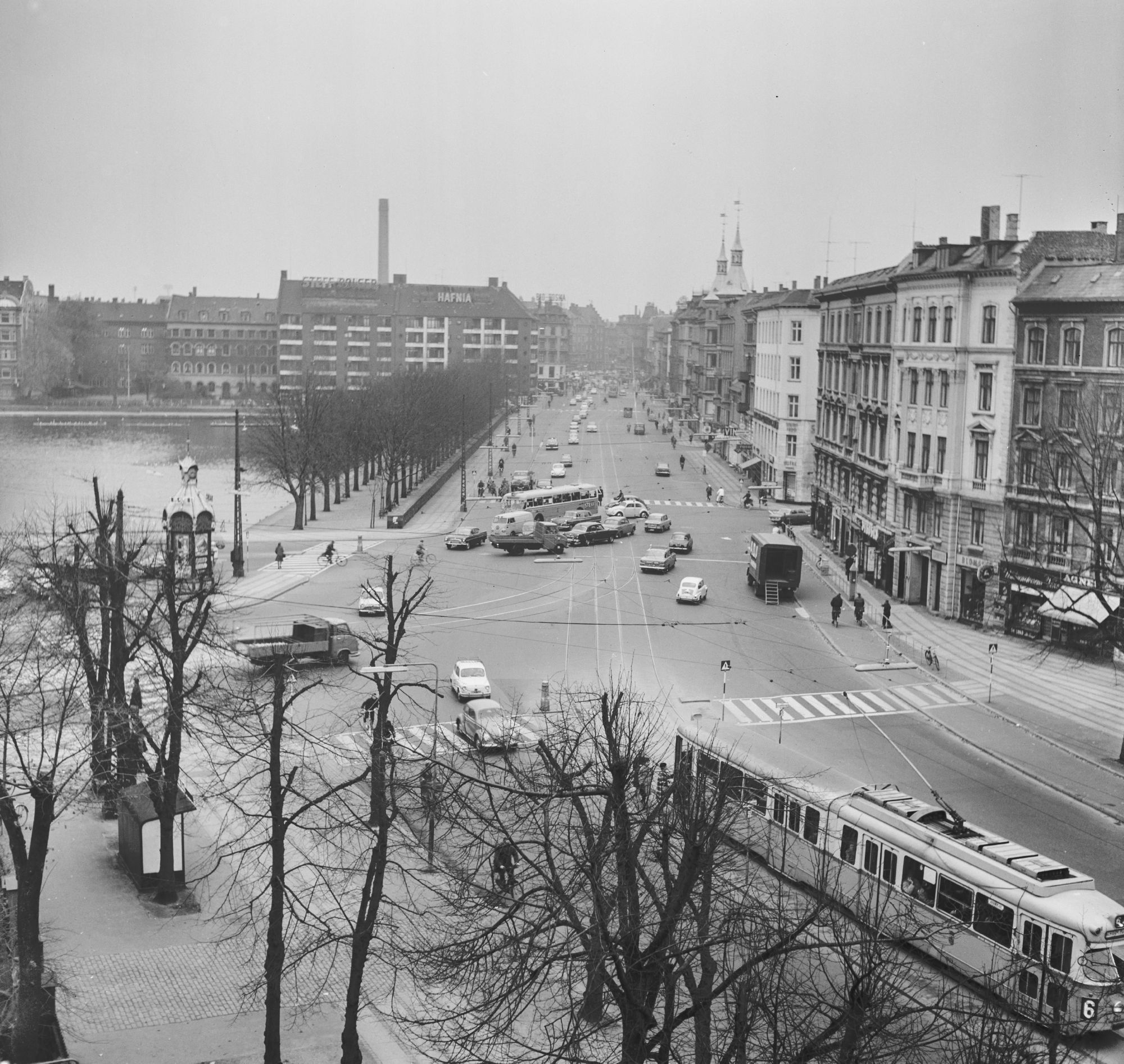
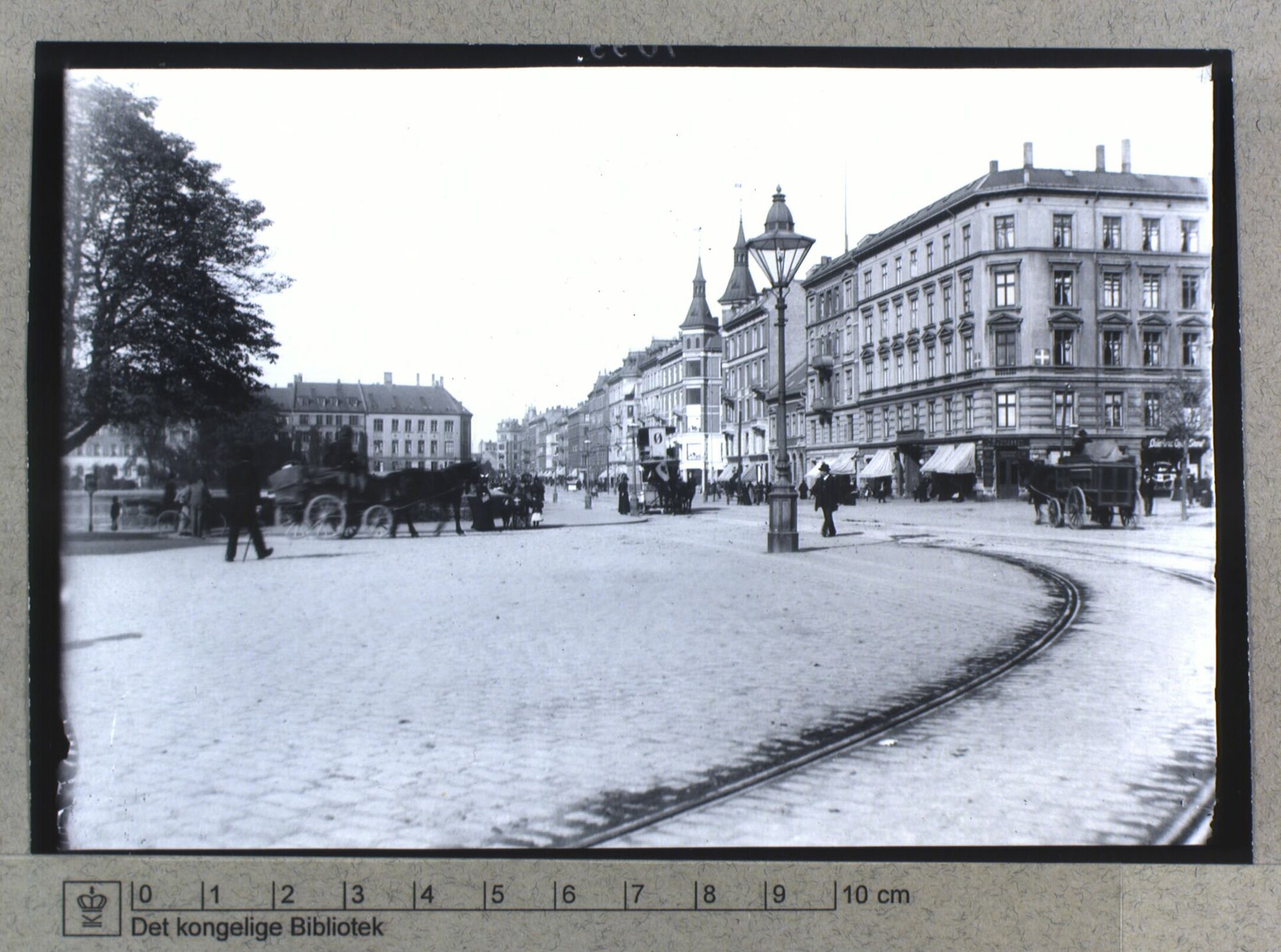
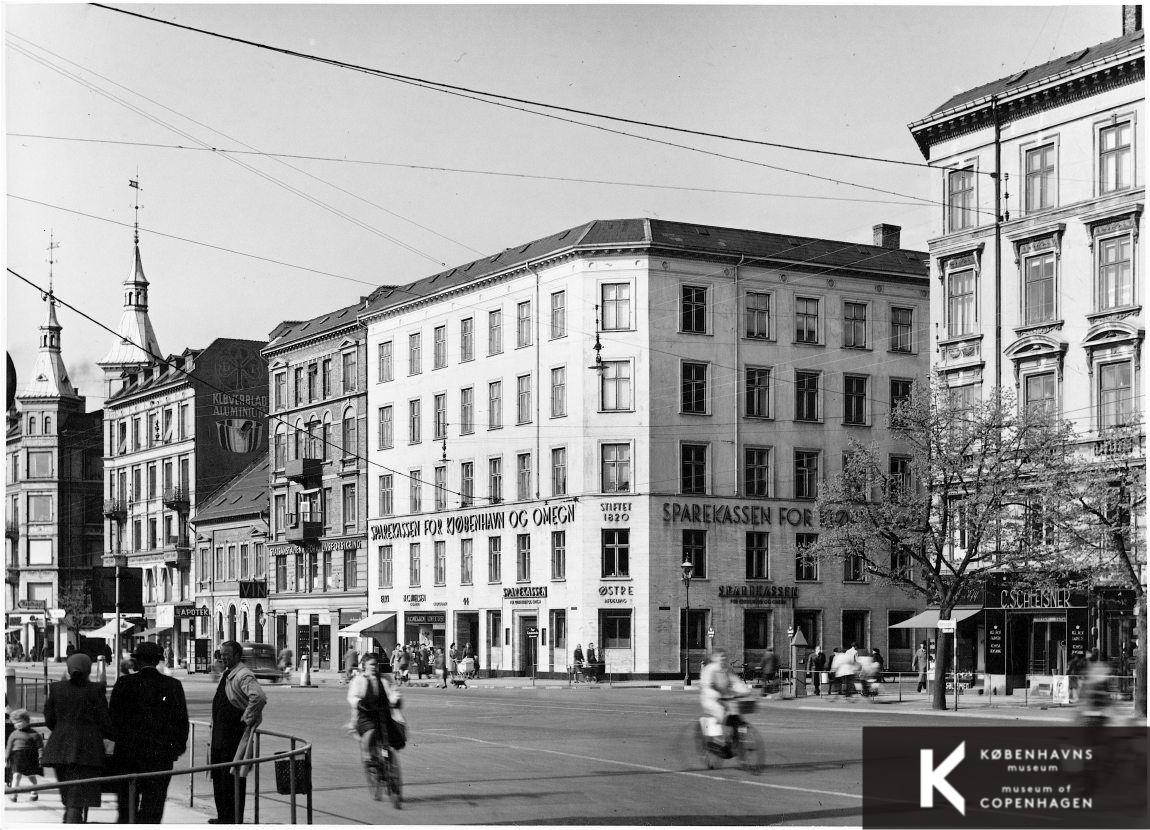
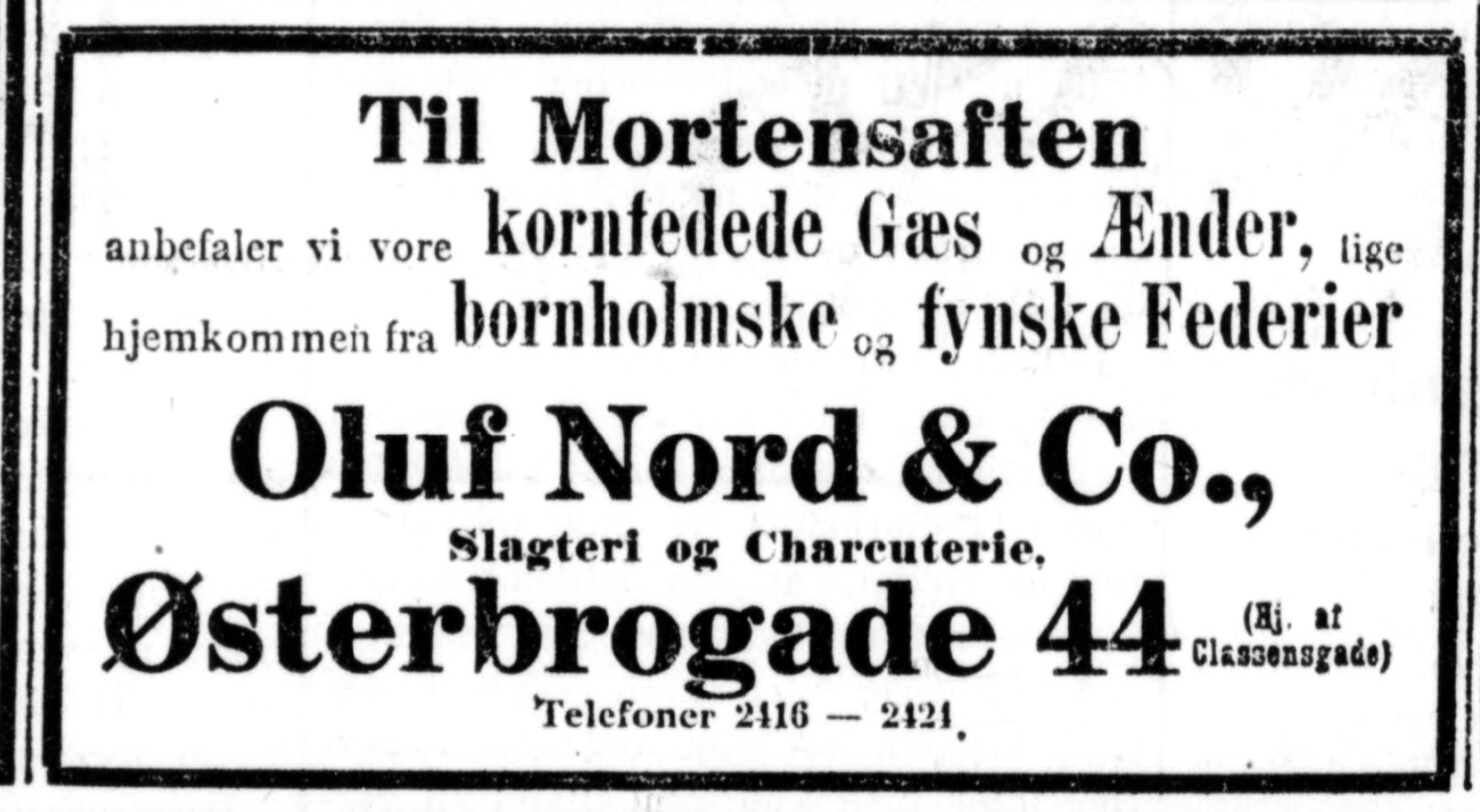
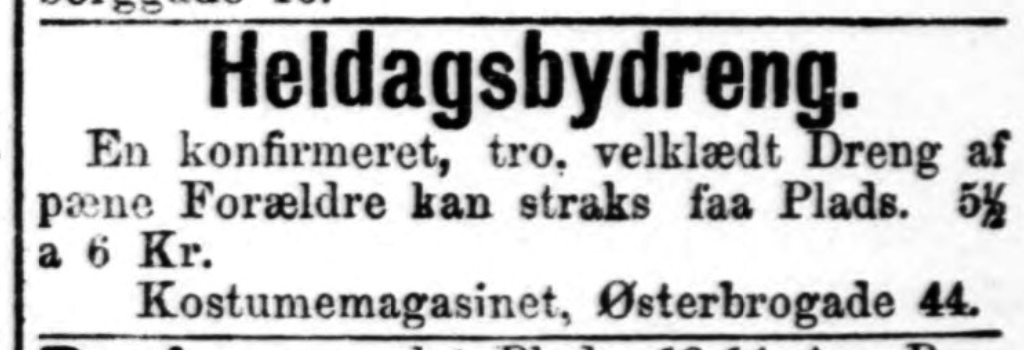
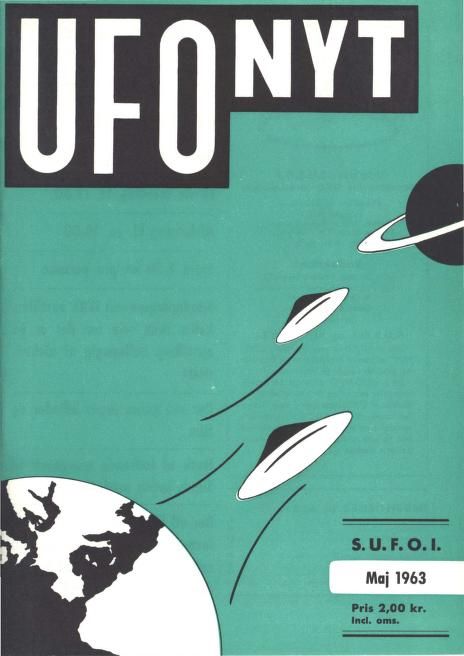
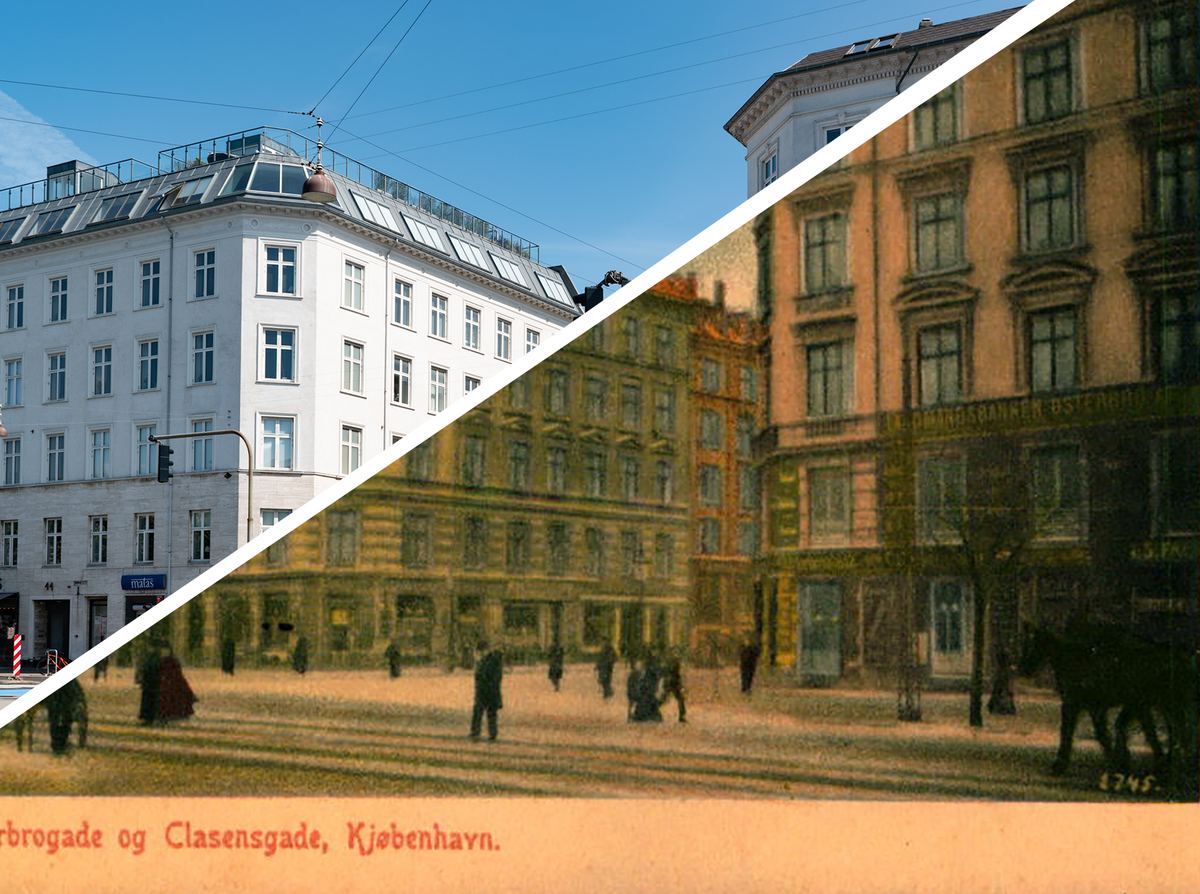
Member discussion: